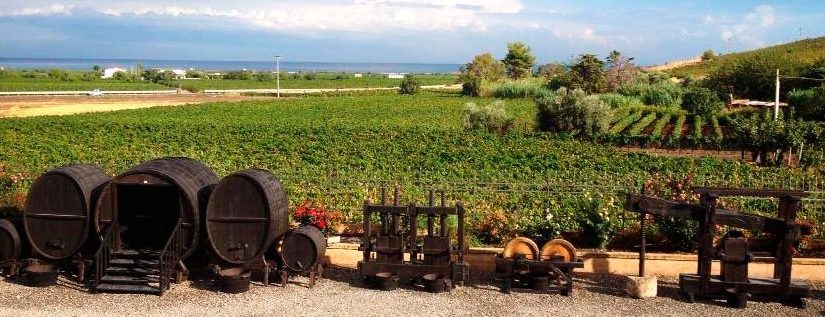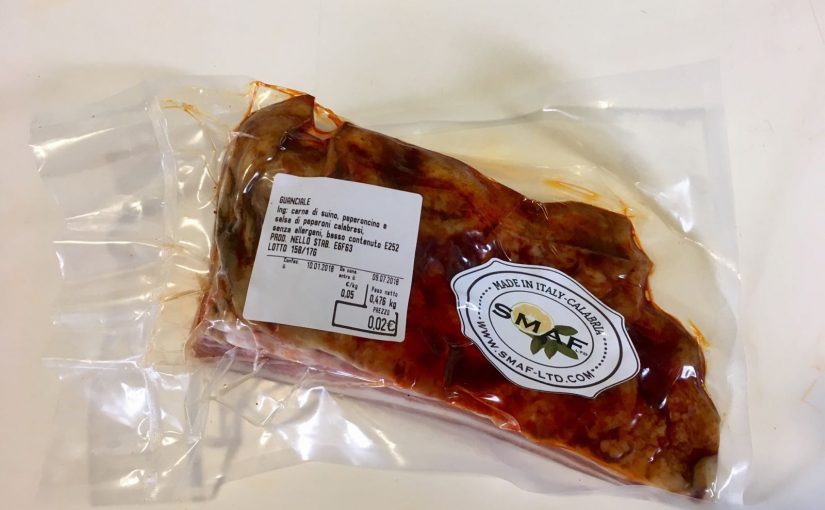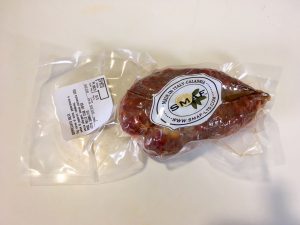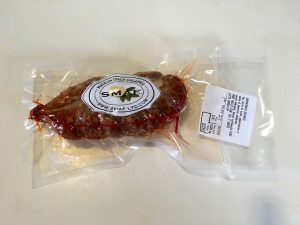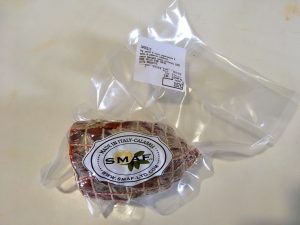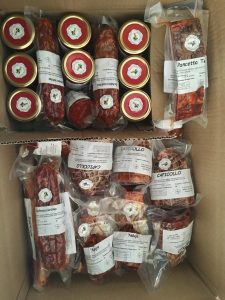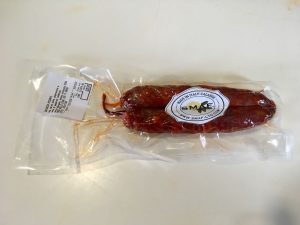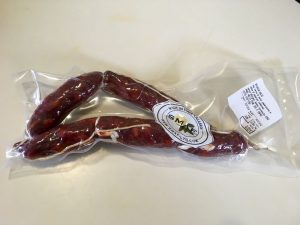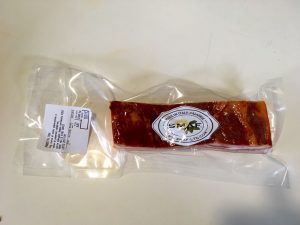15.3.2021
The place, where this wine, is made is wonderful, the vineyards are very near the very famous castle named “Le Castella”, in front of Ionian Sea, and to the old village of “Isola Capo Rizzuto”. The wine is called “Sant’Anna”.
The DOC of “Sant’Anna di Isola di Capo Rizzuto” is located south of the municipality of Melissa, and the village was once on an island (in Italian “Isola”), but overtime the marshland around it filled in and connected the region to the mainland. Precisely, S.Anna DOC wine of “Isola Capo Rizzuto” is named after the municipality of Sant’Anna, on Calabria’s eastern coastline, but this village is also simply said “Isola Capo Rizzuto”.
The DOC area produces dry red and rosé wines from Gaglioppo, Nocera, Nerello Mascalese (and the related Nerello Cappuccio), and up to 35% of added Malvasia and Greco bianco. Therefore, the wine is made from a mixture of Gaglioppo and many other varieties cultivated on these hills on the Ionian side of Calabria, southeast of Crotone, one of the most important cities of the region.
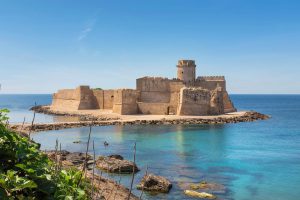
The DOC title was introduced in January 1979, just a few months prior to its neighbor Melissa, 30 miles (48km) up the Ionian Sea coast to the north. It covers exclusively red (rosso) and rose (rosato) wines made from a combination of indigenous vine varieties; white (bianco) wines from the area are sold under IGT and similar protection titles.
A WINE NEAR TO HISTORY AND MYTH
In recent decades, winemaking has expanded through the application of an economic development plan that originally emphasized small family holdings but now promotes more extensive and rational vineyards.
However, the most fascinating thing is that winemaking in this area has roots both in Greek history and in myth. Indeed, the vines grow in large area near the archaeological site of the single, massive column of the huge “Temple of Hera Lacinia”, which is all that remains of the extremely ancient Greek power of the city of Croton. Near the column were found many coins and the symbol most extensively used on those coins was the tripod of the oracle of Delphi, a reminder of the legendary origins of the area.
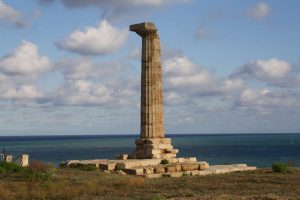
The entire site is the glorious land of the home of Pythagoras and Milo. The winemaking has the same roots in the Greek cult of the goddess, which now survives, in modified form, in the devotion paid to the Black Madonna in ceremonies held each May in the ruins of the ancient temple.
The numerous objects discovered in excavations of ancient Greek ruins of the DOC area can be admired at the city’s “Museo Civico” of Croton, which also has a fine collection of the coins struck by the colony.
Further, in the area of “Isola Capo Rizzuto”, in the middle Ages, the Benedictines founded numerous monasteries, all throughout the territory, and made a considerable contribution to grape growing and winemaking, since all of the institutions had vineyards to supply their own needs in wine.
After century of steady improvement in quality, the wine’s reputation began to spread beyond the immediate area. In addition, its standing was further promoted by some famous figures in history. It is said that, after entering the area with an army, Emperor Frederik Barbarossa found that wine was so plentiful and the food so good, that he remained there for six mouths.
THE LAND OF THE WINE
As afore mentioned, the island in the name “Isola” is something of a misnomer, as the ‘island’ in question is in fact a peninsula: the Capo Rizzuto, which completes the DOC title, is such peninsula.
This kind of peninsula, named as an island, also occupies a special place in Mediterranean geography, not only as one of Italy’s most easterly points, but also because it overlooks the Gulf of Taranto to the north, the Gulf of Squillace to the west, and the Ionian Sea to the east. It is not superfluous to remember that the very beautiful coastline around S.Anna is not only a vital component in the local terroir; it is also a highly successful summer tourist attraction.
This special topography makes that the Mediterranean Sea helps to moderate the intense heat of the south Italian summer, therefore the cooling and heating of the land over the course of a summer day causes morning and afternoon breezes that are channelled by the subtly undulating place.
The continue cooling minimizes the risk of fungal vine diseases, typical of humid climates, and further improves the climate’s suitability for quality viticulture.
FEATURES
S.Anna di Isola Capo Rizzuto is one of the coat of arms of Isola di Capo Rizzuto; this key vine variety uses Gaglioppo, which accounts for between 40% and 60% of any blend. This grape, – although it is entirely unrelated to either the Petite Arvine of the Swiss Valais, or the Aglianico which has made its name around Vulture in Basilicata, – is locally known by several synonyms including Arvino and Aglianico.
The other grapes, which are employed in the blend, are any combination of six other ones (four red and two white): Nocera, Nerello Mascalese, Nerello Cappuccio and Malvasia Nera are the red varieties, Greco Nero and Malvasia Bianca the white varieties.
The presence of white grapes in the blend of Sant’Anna DOC can be surprising. It seems unusual that that a deep, red wine from the south of Italy can be made with a portion of white grapes. Anyway, in winemaking it is common: for example, the robust reds of the northern Rhone valley are often made more alluring with an addition of white grapes (i.e. “Viognier”), sometimes as much as 20%.

